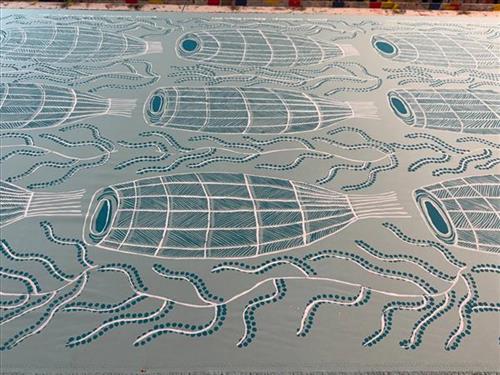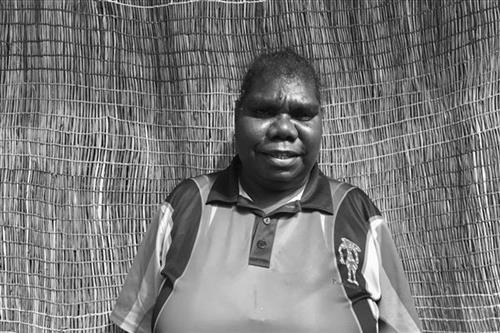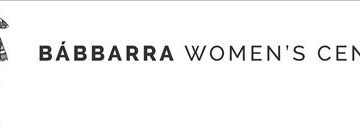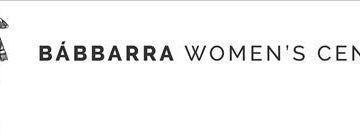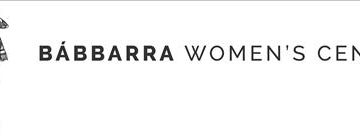377810582375787
An-gujechiya (fishtrap)
An-gujechiya is the word for fish trap in the Burarra language, which is one of the languages that continue to be spoken in the Djelk Indigenous Protected Region. Wullunmingu’s childhood home in Gupanga, Arnhem Land, is a saltwater estuary that is a great place for collecting crabs and edible shellfish such as the delicacy mud mussel.
In the early wet season, fish swim upstream to breed in creeks and billabongs, then downstream to spend the dry season in larger rivers. An-gujechiya (fish trap) would be set to face the oncoming fish, with woven fencing either side. Within the mouth of the trap is a woven funnel that guides the fish inside and prevents their escape. The clever design ensures that only adult fish are caught as smaller fish can escape through the weaving or even through the funnel. The fish that are caught can survive in the trap for up to two months. Once the trap is removed, the end is untied to remove the fish.
Wullunmingu’s eye for detail runs in her family. Her mother, Doris Gingingara, was an illustrator for the iconic Desert Designs label in the 1980s. In addition to designing outfits for the 2018 Commonwealth Games, Wullunmingu’s work has been featured in high-profile fashion and homeware licensing collaborations, including with Kip&Co x Bábbarra in 2020 and a stunning collaboration with ethical milliner, Helen Kaminski 2024.
